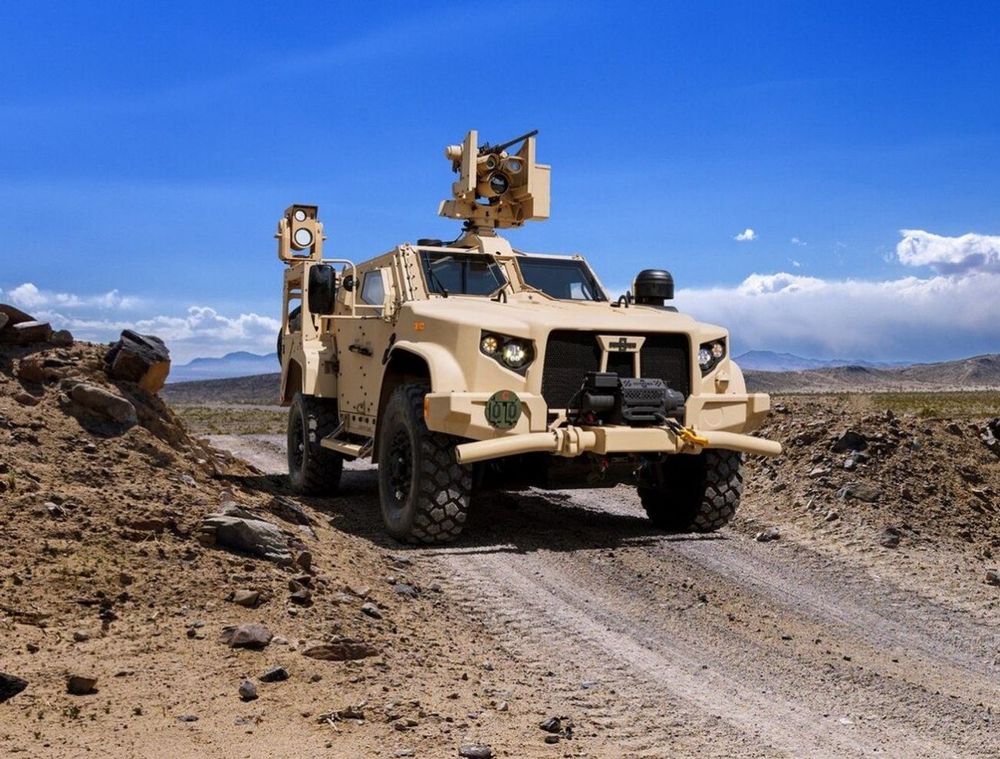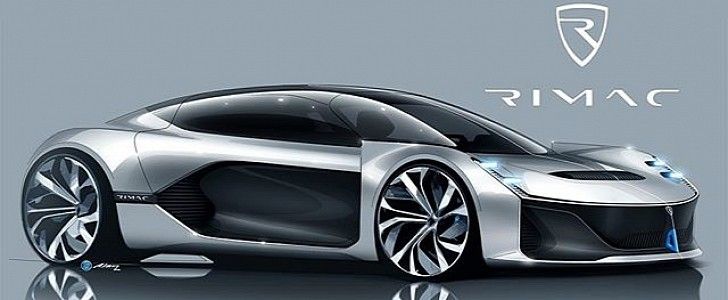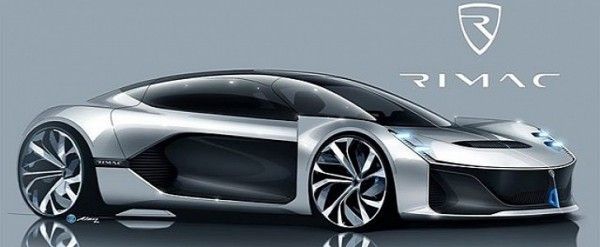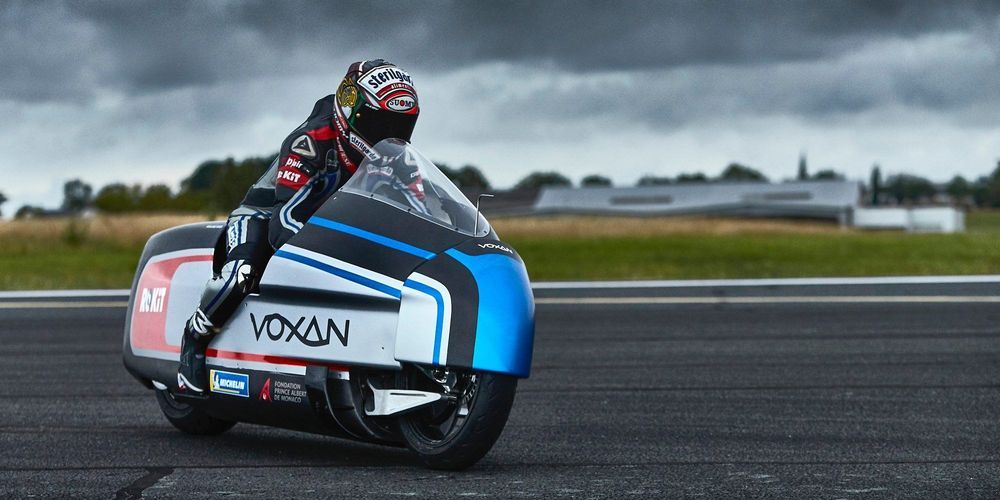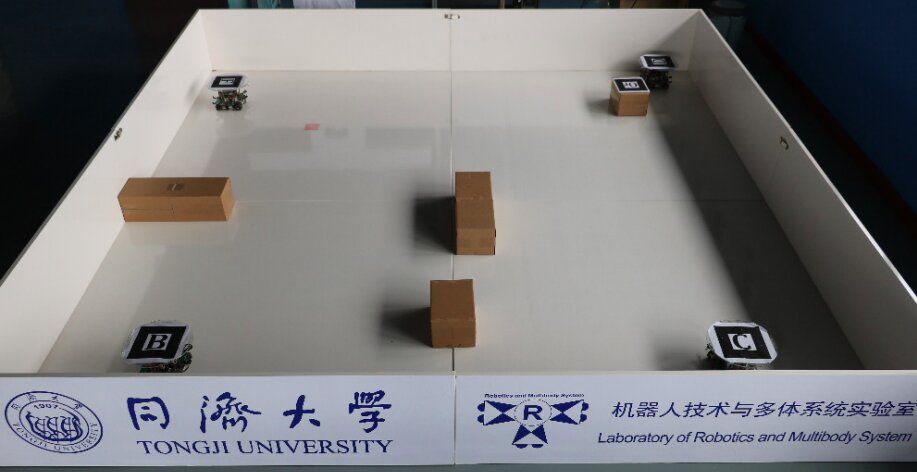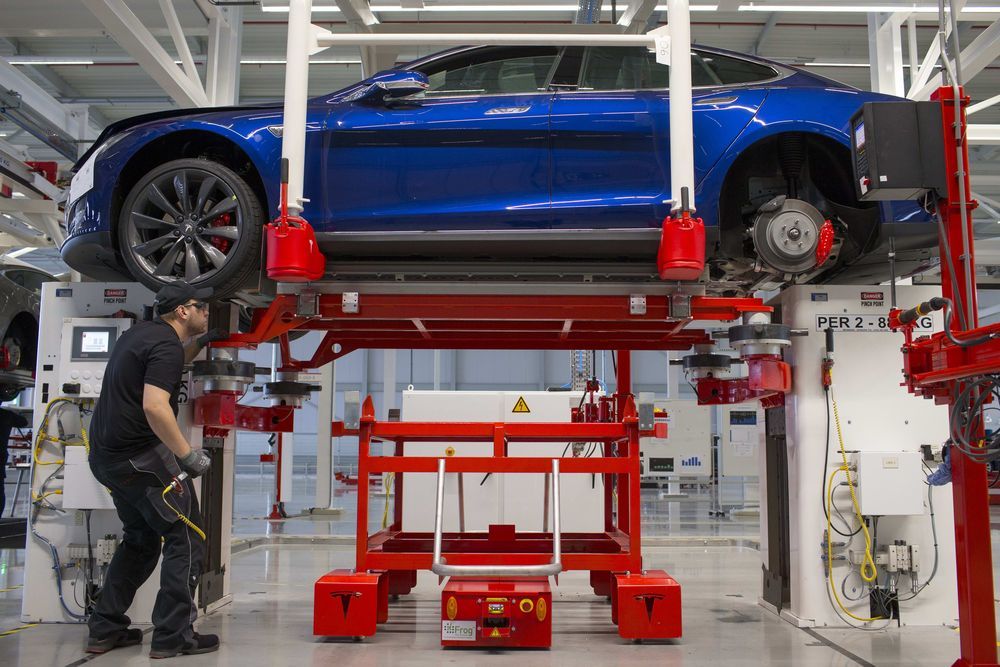Archive for the ‘transportation’ category: Page 364
Jul 2, 2020
Rimac C_Three Rendering Is a Four-Seat 1,900 HP Electric Hypercar
Posted by Quinn Sena in categories: sustainability, transportation
:3333
Rimac Automobili went very quickly from a company that built subassemblies for others to one that produces some of the quickest, most desirable electric hypercars on the market. The man behind it all is Mate Rimac, a 32-year-old Croatian with a passion for electricity and innovation and, we presume, never-take-no-for-an-answer kind of attitude.
Continue reading “Rimac C_Three Rendering Is a Four-Seat 1,900 HP Electric Hypercar” »
Jul 2, 2020
The dry ice-cooled electric motorcycle heading for the land speed world record
Posted by Quinn Sena in categories: sustainability, transportation
Originally intended to make the record attempt this month, plans for the (hopefully) record-breaking run have now been delayed until next year. There seems to be a lot of electric vehicle world record attempts being delayed lately.
But that’s no matter to the Voxan team, including six-time motorcycle racing world champion Max Biaggi, who plans to ride into the record books on the Salar de Uyuni salt flat in Bolivia in July 2021.
The delay may have prevented the team from making their record run this month, but it hasn’t stopped them from unveiling the impressive bike today.
Jul 1, 2020
Epic Cycling | Truly Unique Bicycle that Walks
Posted by Quinn Sena in categories: media & arts, robotics/AI, transportation
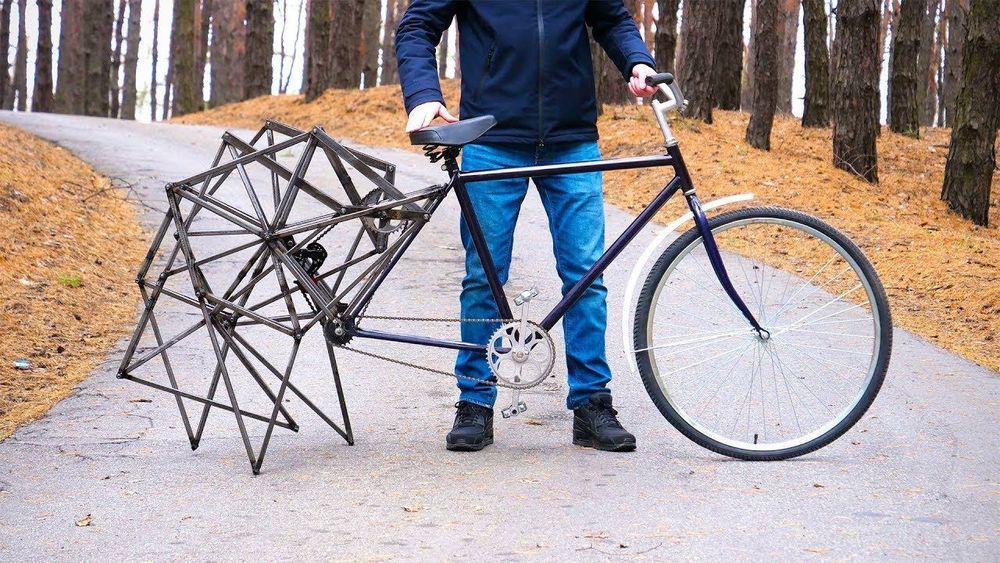
In today’s video I want to show you symbiosis of bicycle and walking robotic creature Strandbeest!
If you like this video don’t forget to sucscribe smile
Continue reading “Epic Cycling | Truly Unique Bicycle that Walks” »
Jul 1, 2020
Princeton Researchers Use AI To Create Radar That Sees Around Corners
Posted by Quinn Sena in categories: robotics/AI, transportation
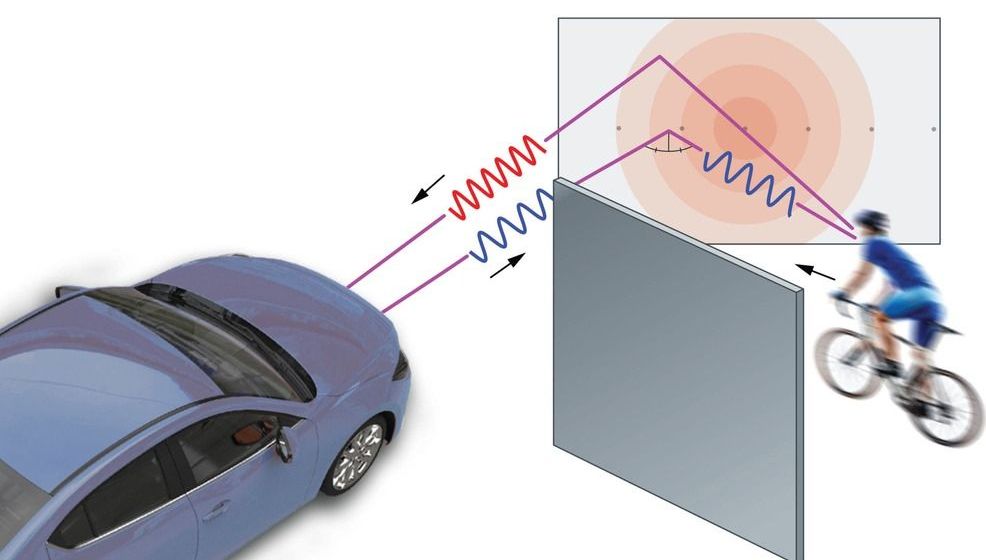
Tesla provided the first clues that radar could be trained to do more than just detect objects straight ahead. After the death of Joshua Brown on a Florida highway in 2016, Tesla tore up the Autopilot software created by MobilEye and pivoted from a camera-based to a radar-based system. In the process, it learned how to bounce radar signals under the car directly ahead to “see” what the next car in line was doing. That way, if a truck or SUV is blocking the view of the road ahead, a Tesla with the updated system could still detect if a car further up the road slowed or braked unexpectedly and take appropriate action.
Jul 1, 2020
Hyundai introduces a car that can climb walls
Posted by Quinn Sena in categories: robotics/AI, transportation
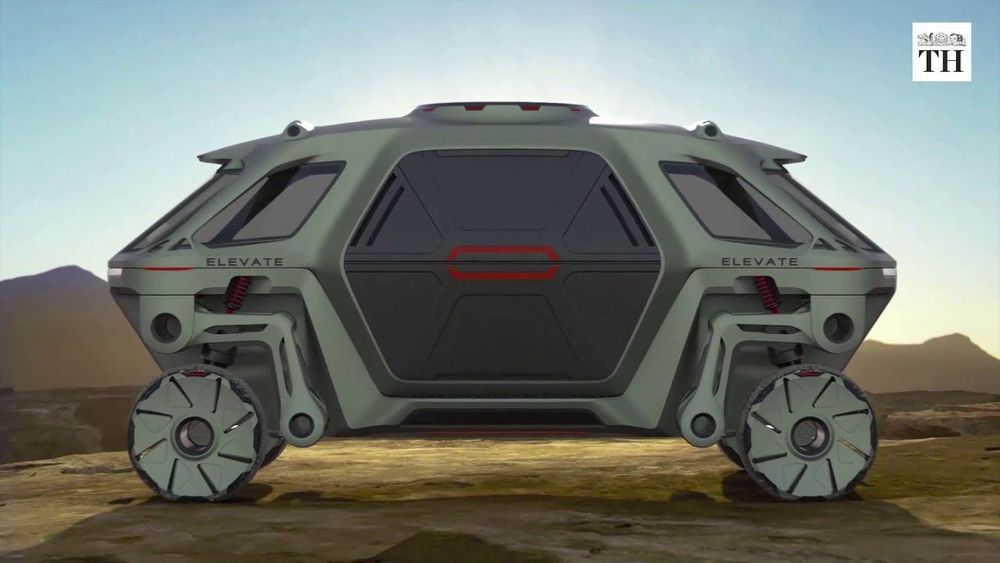
Hyundai unveiled the first look of a vehicle with robotic legs that will let it walk or crawl over treacherous terrain.
Hyundai Elevate can roll along on extended legs or retract them to be driven like a car. Extended legs could also be used to climb or crawl while keeping the passenger compartment level.
Continue reading “Hyundai introduces a car that can climb walls” »
Jul 1, 2020
A scheme to enhance how swarm robots search for multiple targets
Posted by Saúl Morales Rodriguéz in categories: particle physics, robotics/AI, surveillance, transportation
Over the past decade or so, researchers have been trying to develop techniques that could enable effective collaborative strategies among teams of robots. One of the tasks that teams of robots could complete better than individual robots is simultaneously searching for several targets or objects in their surrounding environment.
The ability of a team of robots to collectively seek and identify numerous targets at once could be useful for a wide range of applications. For instance, it could aid surveillance applications and help to better track individuals or vehicles.
Researchers at Tongji University and University of Stuttgart have recently devised a systematic framework for enabling more effective multiple target search in swarm robots. This framework, presented in a paper published in IEEE Access, is based on the use of a mechanical particle swarm optimization method and artificial potential fields.
Jun 30, 2020
Tesla and the science behind the next-generation, lower-cost, ‘million-mile’ electric-car battery
Posted by Quinn Sena in categories: Elon Musk, science, sustainability, transportation
Elon Musk is often referred to as the real-life Tony Stark, aka Iron Man, and in the new quest to engineer an electric vehicle battery that lasts up to 1 million miles, iron may play the role of hero.
Jun 29, 2020
InsideEVs Exclusive: Ford Mustang Mach-E | Meet the Team Behind the EV
Posted by Quinn Sena in category: transportation
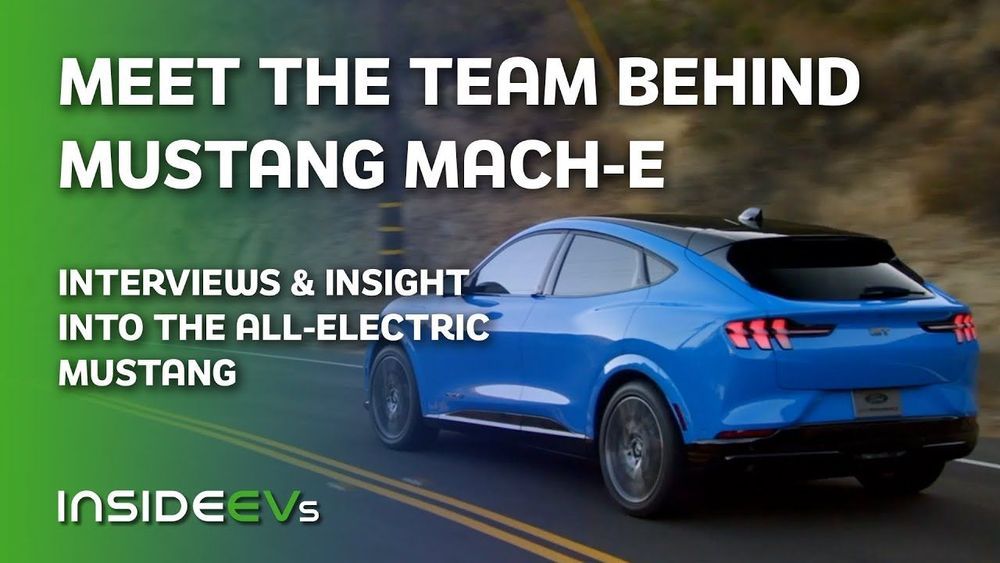
Ford invited InsideEVs to the Ford Performance Technical Center to experience the all-electric Mustang Mach-E. We also spent time with the car’s engineers.
